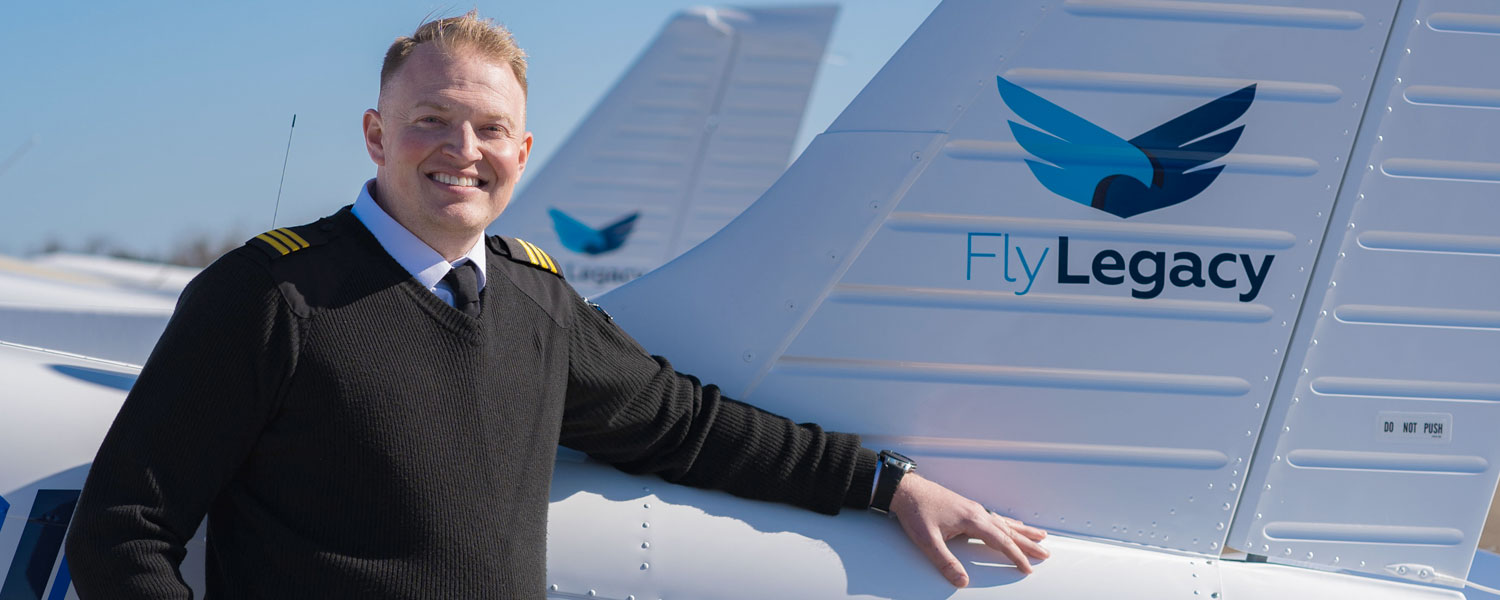
If you enjoy flying and want to be paid for your ability to take care of your passengers or freight, going on for a commercial pilot license is the next step.
All of the flight time that you have accumulated during your private pilot and instrument training will be credited towards your total time for a commercial license. To get a commercial pilot license you must be eighteen years old and have logged a total of 250 hours of flight time.
All commercial pilot students will be trained by a qualified and proficient instructor pilot. During training students will be trained on maneuvers such as slow flight, landing and departure stalls, chandelles, lazy eights, steep spirals about a point, and steep turns. Although you will become very proficient in the commercial maneuvers, it’s important to note that during all commercial airline flights pilots are limited to thirty degrees of bank angle while flying with passengers on board. This is so the passengers are not frightened, and that the pilot is always in total control of the aircraft.
In addition to maneuvers, all students must become proficient in a “complex aircraft”. The complex aircraft will include retractable landing gear and a controllable speed propeller. Having landing gear that is retracted after takeoff and that is extended prior to landing will be completely new to you. So the student must develop a habit pattern for retracting and extending his landing gear during takeoff and landing operations. This is essential to ensure safety of flight on all complex airplanes. The controllable pitch propeller is different than the fixed pitch propeller that you are familiar with up to this point. A controllable pitch propeller allows the pilot to adjust the blade angle of the propeller during the climb cruise, and descent phases of flight. This gives the aircraft greater overall efficiency and performance.
The student will be trained and evaluated by his instructor pilot on every flight. It will be the instructor pilot who determines when the student is ready for his written examination and his flight test. There is no good reason to rush someone through his commercial pilot training. The instructor pilot will determine if additional time is required for the student to meet the FAA minimum requirements, and to help him to become more comfortable with a complex aircraft and commercial pilot maneuvers.
To fly commercial and get paid for your services, you will probably be on a schedule at a flight school, charter operation, or an airline. Whether flying commercial airline or training for your commercial pilot license, you want to plan to show up early, and take the time necessary to prepare well for the task at hand. Rushing will often lead a pilot to forgetting to do something or making a mistake. This can be avoided by showing up early, taking your time, and enjoy taking your time.